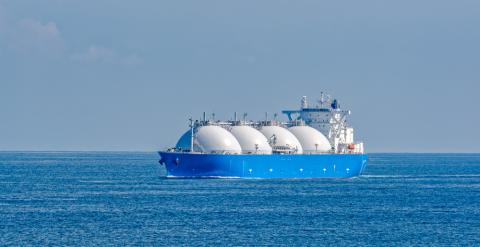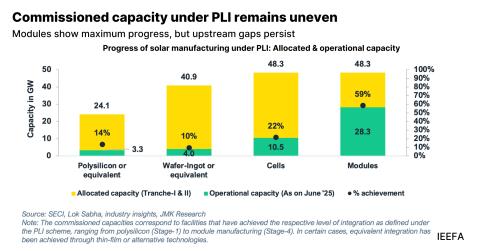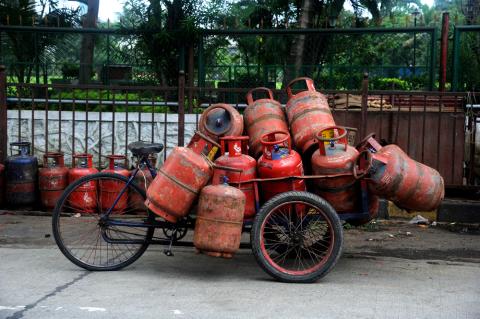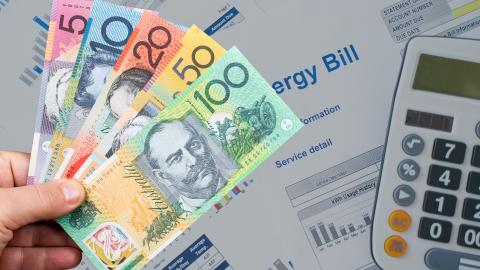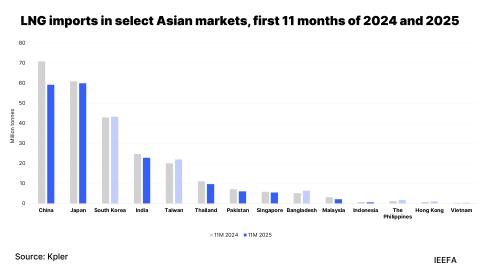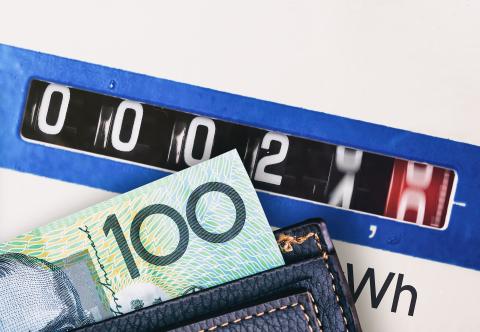An LNG export tax is the best way to address looming gas shortages and reduce prices
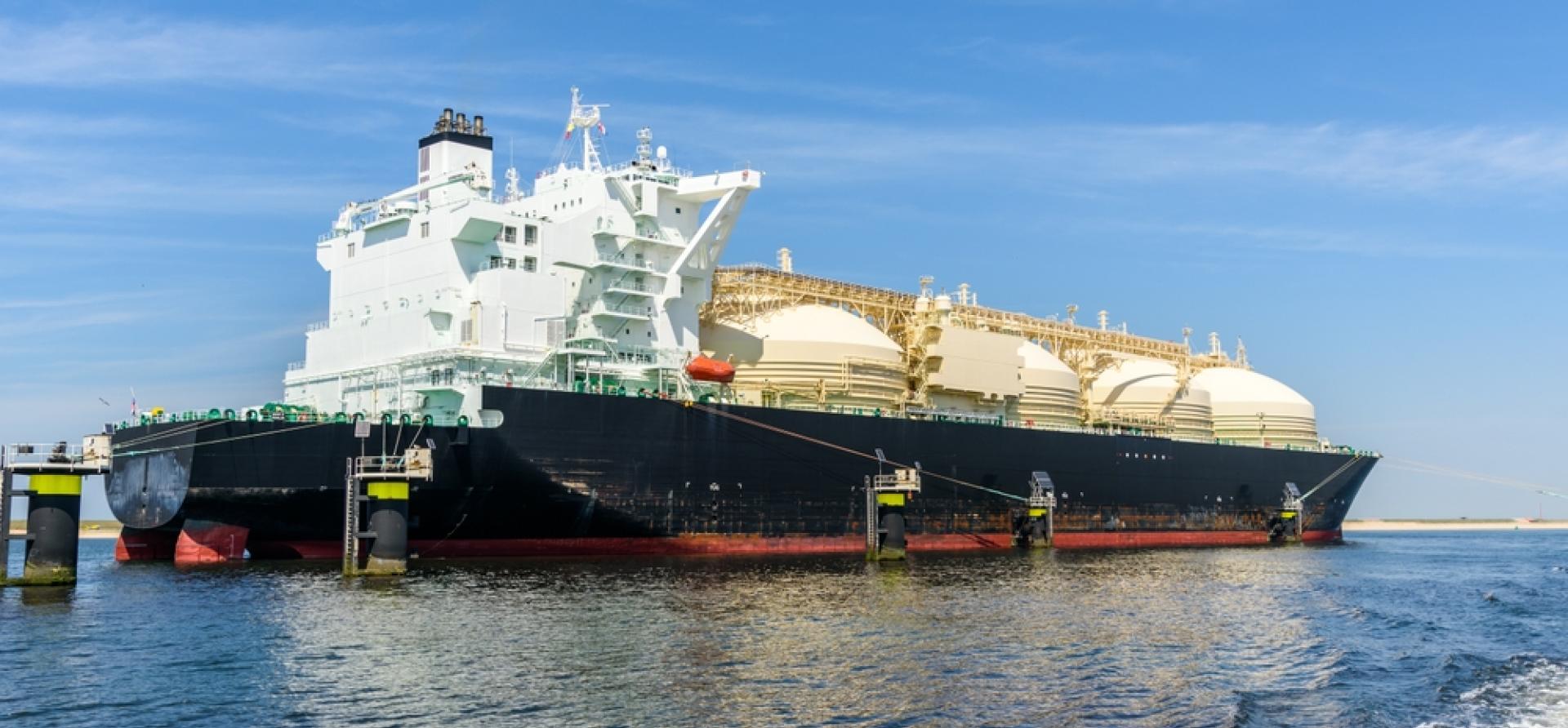
Key Findings
Domestic reservation will likely be required to address upcoming gas shortages without increasing gas prices.
Gas reservation could break the linkage between domestic and international prices, provided it does not adversely affect investment incentives.
An export tax is likely to be the least distortionary policy measure to reduce gas prices and incentivise domestic supply, but setting a specific market price would present risks.
Government measures to reduce gas demand, such as financial support for residential and industrial electrification, would also help address the risks of shortages.
Domestic gas reservation in Australia’s troubled east coast gas market has grabbed headlines in recent weeks, as have gas industry warnings that further market intervention will only make things worse.
Is domestic gas reservation needed in Eastern Australia?
Eastern Australia faces gas shortages by 2030, and four main solutions are proposed to solve this issue: increasing domestic supply, decreasing domestic demand, importing liquified natural gas (LNG) or redirecting LNG exports to the domestic market (gas reservation).
Gas industry group Australian Energy Producers (AEP) argues that “governments and regulators must work with industry to remove regulatory barriers to new gas supply and investment to avoid shortfalls”. New gas production does not, however, guarantee domestic gas supply. Since FY2014-15, gas production has doubled on the east coast but domestic gas consumption has fallen by 25% due to gas prices tripling and Queensland LNG exporters effectively soaking up domestic production for export markets.
The federal government also has limited measures to encourage new gas production quickly. In practice, there are only a handful of proposed projects in offshore waters on the east coast (over which the federal government has oversight), but none of the developers cite regulatory approval as a barrier to their projects. Even if they did, it generally takes two to five years for new gas projects to begin supply, unlikely to be fast enough to address the risks of shortages. There is also the risk that even if new gas projects are developed in time, actual production may be less than anticipated.
IEEFA modelling shows there is a great potential to decrease gas demand through energy efficiency and electrification for households and some industries. This would lower energy bills, insulate those consumers from high gas prices and materially reduce, but not fully address, the risk of gas shortages.
There are a number of live projects to build LNG import terminals in Eastern Australia. They provide a realistic short-term solution to increase supply, but the gas is likely to come at a higher cost than domestically produced gas – at least under current market conditions. This is because significant costs are involved in liquefying the gas, transporting it, then regasifying it.
Conversely, IEEFA research has shown significant amounts of uncontracted gas destined for export as spot LNG could be redirected to the domestic market with relatively limited financial impact on LNG producers.
Put simply, addressing the risks of gas shortages without increasing gas prices will likely require some form of reservation.
Will domestic reservation reduce gas prices?
While debate about gas reservation on the east coast is not new, recent calls reflect a focus on the contribution of high gas prices to the cost of living. Gas prices directly affect household energy bills, both for gas and for electricity (given gas often sets the electricity price). High gas prices have also contributed to the closure of industrial facilities in recent years. Major industrial users, unions and industry groups argue that lower gas costs will ensure their businesses remain competitive, thereby keeping manufacturing jobs in Australia.
One of the key drivers of increased gas prices in recent years is the linkage to international prices, which reflects the influence of LNG prices on domestic gas prices. Supporters of gas reservation argue that increasing domestic gas supply will effectively break the link with high international prices and lead to lower domestic prices, as it has in Western Australia.
Opponents of gas reservation, however, assert that any further government intervention on the east coast will “drive away investment and exacerbate the supply challenges in the longer term”.
AEP noted in its response to Frontier Economics’ reservation modelling that a policy that pushes domestic gas prices down to $10 per gigajoule (GJ) could “remove or delay” up to 700 petajoules (PJ) of gas supply over the next eight years. While few industries welcome government regulation, AEP does have a point on the risks to investment.
Herein lies the challenge facing the federal government: How to ensure sufficient domestic gas supply quickly enough to address possible shortages while not undermining investment incentives?
What is the best way to implement a domestic gas reservation?
Fortunately for government, there are different ways in which a reservation policy could be implemented, some of which are likely to have less impact on investment incentives.
The WA reservation policy approach, which generally requires LNG exporters to supply 15% of gas reserves to the domestic market (with some exceptions), is clearly not suitable on the east coast. Santos’s Gladstone LNG (GLNG) project does not produce enough gas to meet its own exports, and therefore relies on gas siphoned from the domestic market. A 15% supply requirement would likely require GLNG to break its export contracts, increasing investor perceptions of sovereign risk.
An export tax on LNG exports (beyond those required to meet long-term contracts) is likely to be a better option to delink domestic and international prices, and incentivise domestic supply. This could have a relatively minimal impact on investment incentives (given domestic prices could remain at levels required to cover long-term costs of new gas supply). This is essentially the option modelled by Frontier Economics, except its approach would also seek to set a domestic market price, which presents obvious issues. In addition to the impact on investment incentives, determining the level of supply required for domestic prices to reach $10/GJ will be challenging, and it’s not clear how this would be done.
An export licence is another mechanism that could be considered by government. This would involve LNG exporters being granted a licence to export more than required to meet long-term contracts in return for a specified level of domestic supply. This would maintain investment incentives, provided international prices are relatively high, but would require government determination of domestic supply volumes. It may also be less effective when international prices are low, which is likely to be the case in coming years due to a looming global LNG glut.
A more extreme option would be a complete ban on uncontracted LNG sales (aside from those to meet approved long-term contracts). This would delink domestic and international prices permanently, and force any uncontracted gas to be supplied to the domestic market. However, this option would also materially undermine investment incentives, which may drive down gas production and worsen the supply outlook. It may also damage Australia’s reputation as a reliable trading partner.
Given the risk of gas shortages, and the related impact on cost of living, it is clear the federal government needs to do more to prioritise domestic gas users. While industry concerns about investment risks are reasonable, there are fortunately some options, notably an export tax, that would improve domestic market conditions while minimising investment risks.


